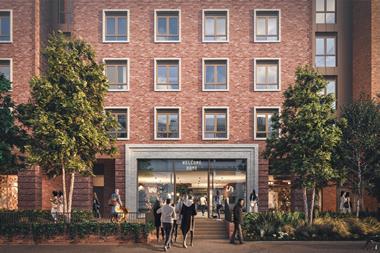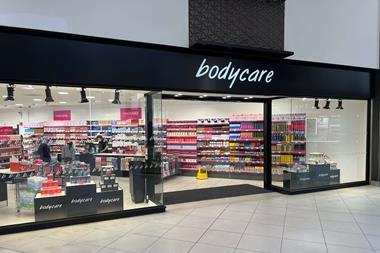The idea of landlords and tenants working together for mutual benefit is a topic that is often discussed at conventions such as the British Counsel of Shopping Centres, year after year. But does it, or can it, exist?
The idea of landlords and tenants working together for mutual benefit is a topic that is often discussed at conventions such as the British Counsel of Shopping Centres, year after year. But does it, or can it, exist?
Landlords have generally been in control, almost feudally dictating lease terms to the tenants, and despite moving on from this, in some instances the mindset remains.
In the good old days, when the economy was booming and demand outstripped supply, landlords were not necessarily selective with their tenants. The well funded PLC or blue chip tenant drove deals and populated the high street with their successful shopping fascias and brands, landlords were happy they had fully let premises and were receiving a good income, and tenants who were trading well and returning profits to their shareholders were satisfied, all of which fuelled rents and values greatly.
However, the retail property sector, among others, has suffered since 2007 and the following financial meltdown, leading to a reversal of fortunes that put tenants and occupiers in the driving seat as landlords fought to avoid empty shops, heavily burdened by rates liability, security and maintenance for the properties, whilst making sure that they as owners complied with the requirements of insurance.
The tightening of the consumer belt and the economy in recession has led to a lack of demand fuelling a downward spiral of vacant high streets and shopping centres.
Whilst the answer to this problem is not always finding a new occupier who is willing to take on the rates liability or a portion of the same, as always there is no one-fix to resolve a problem. The impact of vacant properties does affect the vitality and attractiveness of the high street and town centre, and will be a determining factor in attracting shoppers.
Successful shopping centres such as the Trafford Centre and Liverpool One could not be accomplished by the delivery of the buildings and a shopping centre alone; the tenants and retailers bring occupation and activity, which in turn adds to the vitality of the scheme in attracting shoppers.
The Liverpool retail offer as a whole continues to ride on a positive wave, attracting a great number of shoppers, both local and international as a result of John Lennon Airport and Cruise Liner Terminals, and also from its increased catchment area due to the overall improved retail and leisure offer the city has to bring.
The picture is not totally rosy, as there are vacant properties within the Liverpool City Centre retail core and no doubt landlords and tenants of these properties will be challenged to reinvent themselves for the current market. However, perhaps the greatest impact is on the surrounding town centres and high streets who find their attraction to shoppers dwindling due to, the attraction of the larger centres in part, but more so the vacant properties and the lack of vitality.
Property investors may just follow the market, buying well-let properties to a financially sound tenant at a sustainable, rebased rent for a period of ten or more years and simply close the file until a problem occurs. Likewise, a tenant invests in their shop-fit and stock, trades well from the premises without a hitch, manages their business for return to individuals and shareholders, until a problem occurs. And though the issues affecting both parties may be different, invariably the result, whether due to a loss of rental income or sales turnover, is one of failure and vacant premises.
Working in partnership, I suggest that both landlords and tenants can benefit equally, with both parties co-operating and investing in the property as a business. The owner in acquiring the premises with the knowledge of an occupier – not necessarily a PLC, but perhaps an independent retailer where the landlord has a thorough understanding of their business and is able to provide a property/accommodation to enable the retailer to maximise sales and financial returns.
Much like the farmer and the cowman in Rogers & Hammerstein’s Oklahoma! classic, the relationship should be one of mutual benefit, as ‘territory folks should stick together’, but common territory is all too often outweighed by opposing desires. As the economy begins to recover, and with expectation of growth, one would traditionally expect the landlords to recover their position of the upper hand, and so the cycle would continue.
The tenant currently has the ability to meet and work with the landlord, not unlike the Farmer and the Cowman, but simply letting premises at the best rent available for the longest period of time is not necessarily sustainable. Whilst landlords or occupiers have suffered, and continue to suffer, a long period of void properties and reducing incomes, the glimmer of light at the end of the tunnel is now shining, and now is the time to build relationships to secure a sustainable landlord/tenant relationship, working together to remove the voids from our suffering high streets.
This is by no means the only solution, but with a holistic approach and the management of our high streets to meet the ever-changing retail landscape and resultant changes, it is certainly a way forward.
- John Barker is partner at Hitchcock Wright and Partners


























1 Reader's comment